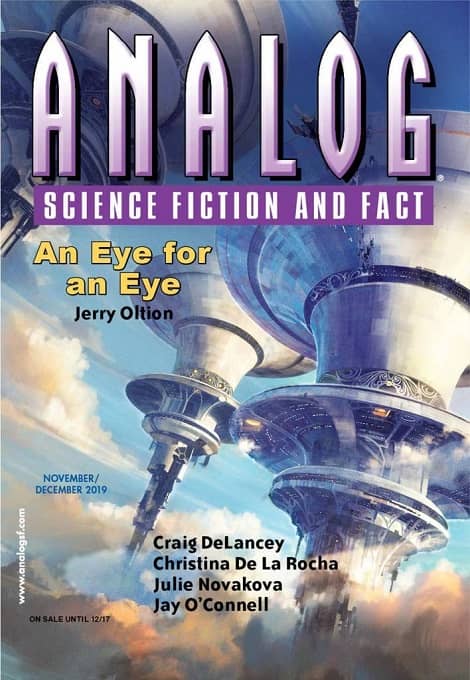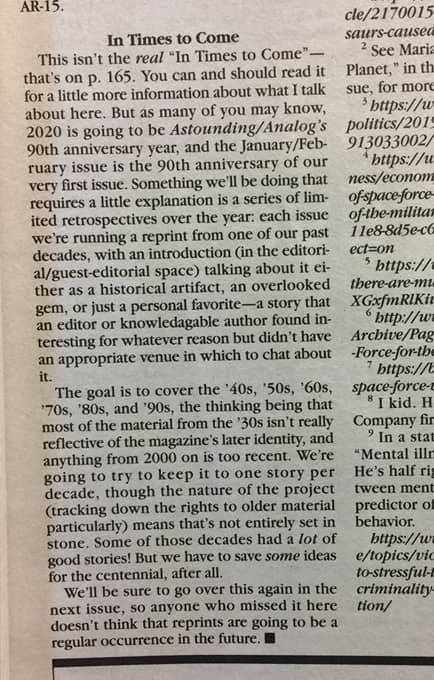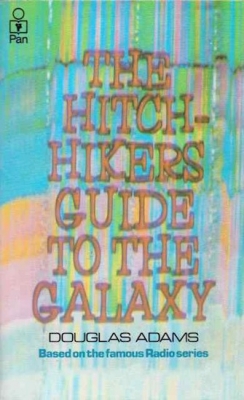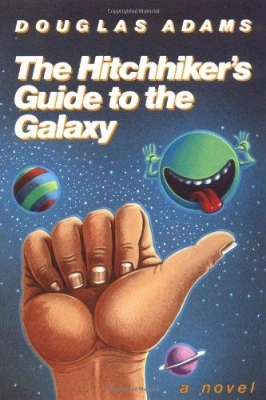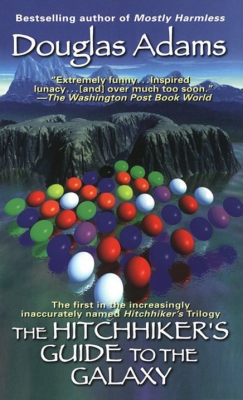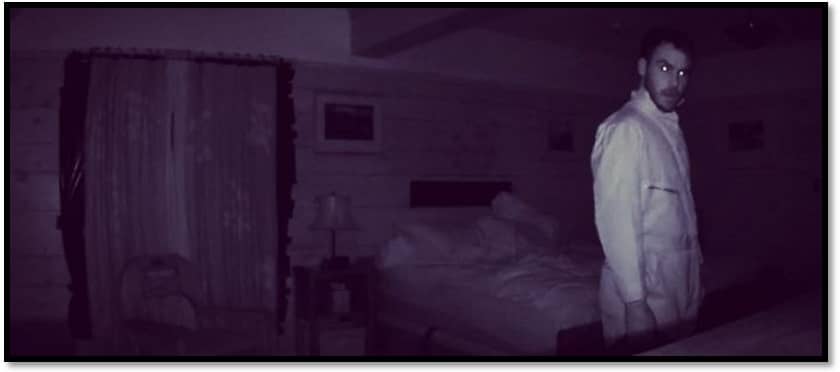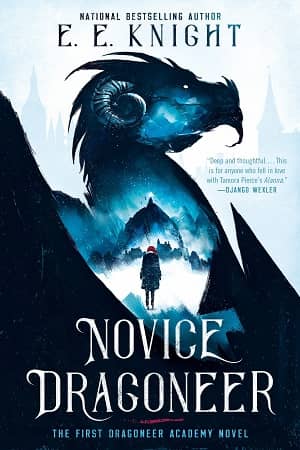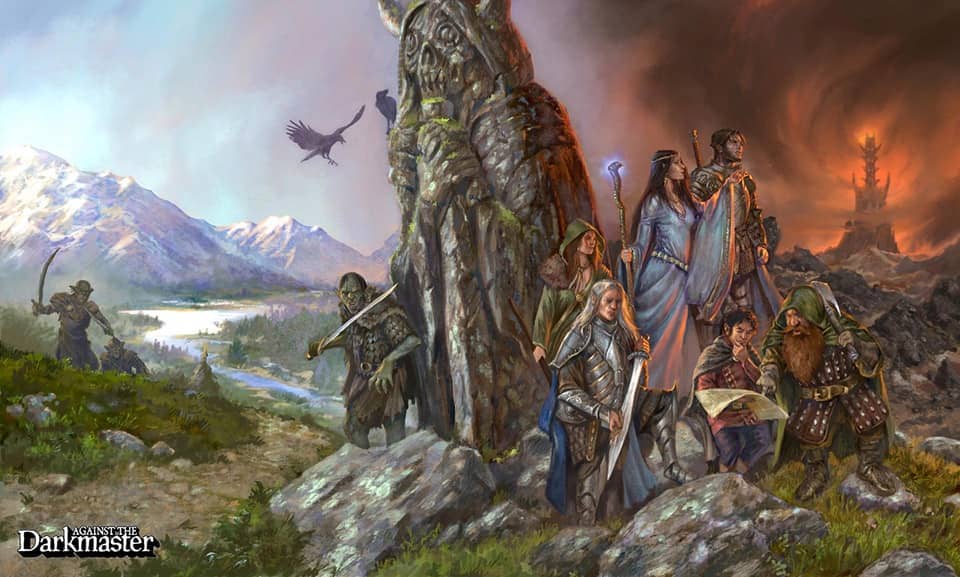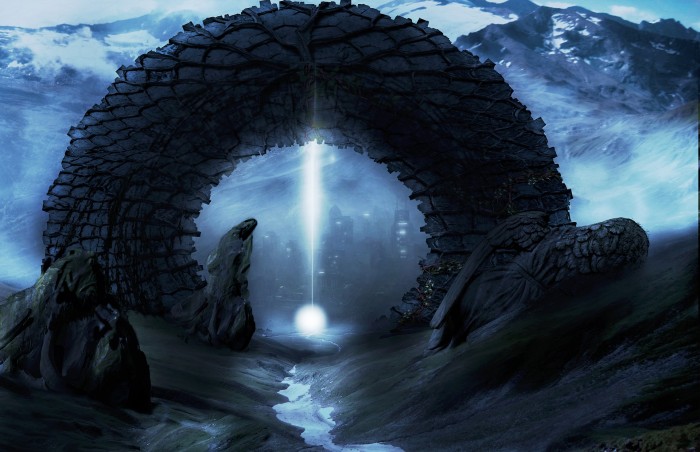Vintage Treasures: Matter’s End by Gregory Benford
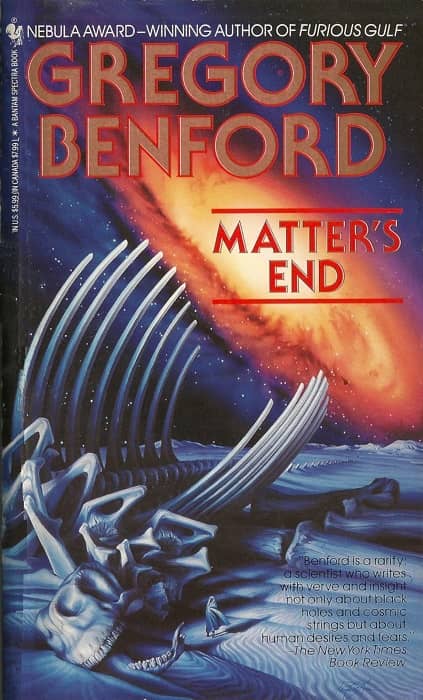 |
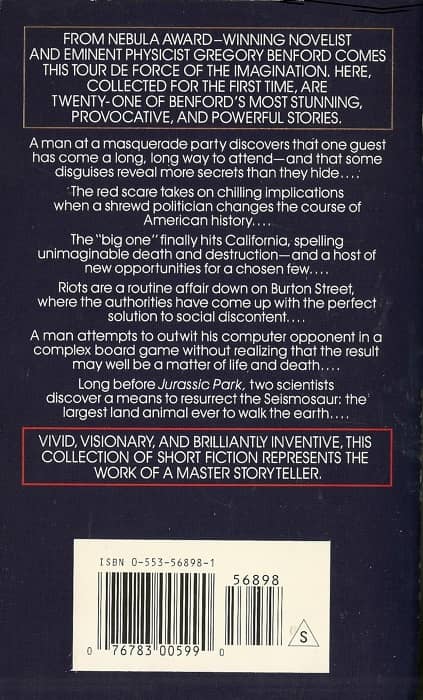 |
Matter’s End (Bantam Spectra, 1995). Cover by Pamela Lee
Gregory Benford began his writing career with the story “Stand-In” in the June 1965 issue of The Magazine of Fantasy and Science Fiction. He was nominated for a Nebula Award for his first novel In the Ocean of Night (1976), and won it in 1980 for Timescape. Since then he’s focused chiefly on novels, most famously the six-volume Galactic Center Saga.
But he first built his reputation on short fiction, and he’s returned to it again and again over the course of a 50-year career. His short fiction has been nominated for four Hugo Awards (for two short stories and two novellas), and many Nebula Awards. He’s produced more than half a dozen collections, including In Alien Flesh (1986), Worlds Vast and Various (2000), Immersion and Other Short Novels (2002), and The Best of Gregory Benford (2015).
His second collection was Matter’s End, published by Bantam Spectra in 1995. It contains 21 stories, including “Stand-In,” the Nebula-nominated title story, an original novelette, “Sleepstory,” and one original short story, “Side Effect.” It came in third for the Locus Award for Best Collection in 1995, and was quickly reprinted in hardcover (by The Easton Press in 1995, and by Gollancz in 1996), and in paperback in the UK by Vista in 1997.
To be truthful, I haven’t followed Benford’s novel career much. But his short fiction is a different story. I found a copy of Matter’s End in a collection I purchased recently, and I’ve very curious about it. Here’s the complete Table of Contents.
